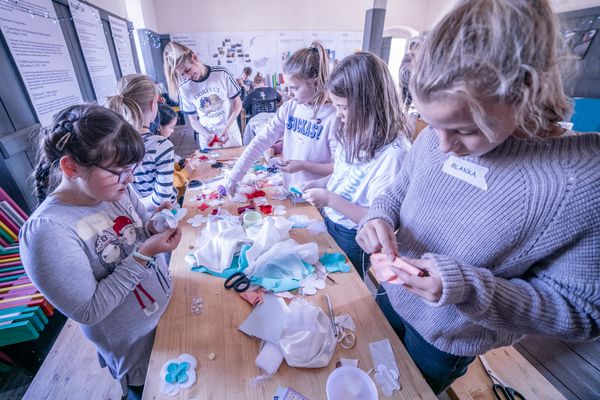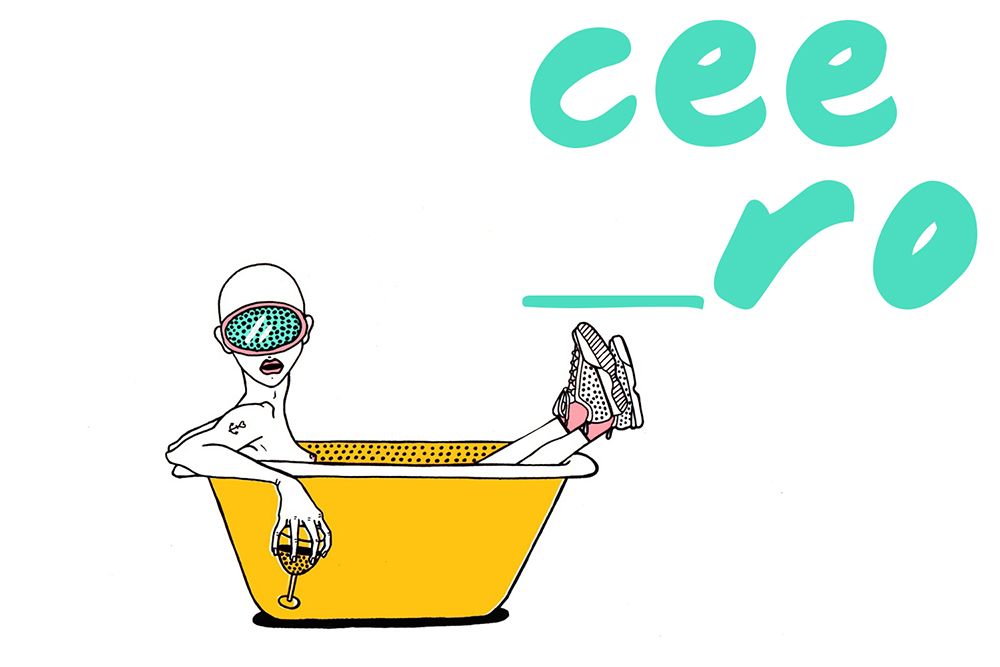Self-reflection, social criticism and a special hairless character: the illustrations of Mariann Ilyés (also known as mcsk) reflect on situations of our everyday lives and various social problems with a unique visual irony.
Interview!
I’m sure many people have already asked this, but where does the mcsk name come from?
It’s funny, many people ask me that in fact, yet it is very simple. Mcsk comes from the word “macska” (cat), which grew on me back in my school years. I needed a name on the first social networks because I didn’t want to use my full name. I think this was when I first wrote down mcsk. Later on I started using it as a tag, then as a signature on my drawings, and so it slowly stayed with me and became my trademark.
You finished your studies at the Department of Graphic Art of the Art and Design University of Cluj-Napoca. During your university years, you created three books, both the story and the illustrations of which were made by you. How personal are the stories described in your books, and why was it important for you to express yourself also in a textual form in addition to the illustrations?
I made all of the books during my MA studies, but I was already intrigued by writing earlier, as a student. I started writing little stories back then, but mainly for myself, perhaps instead of a diary. It was easier to put my feelings into words if I transformed them into little metaphoric tales. And these tales were many times complemented by little illustrations and sketch-like drawings. The truth is that the aim of each and every one of these little stories was a search for the self even back then: to understand the world surrounding me and my place in it. So it was really not even a question that I would be the one doing the illustrations for my own stories. After all, I always illustrate my stories, only sometimes without text.
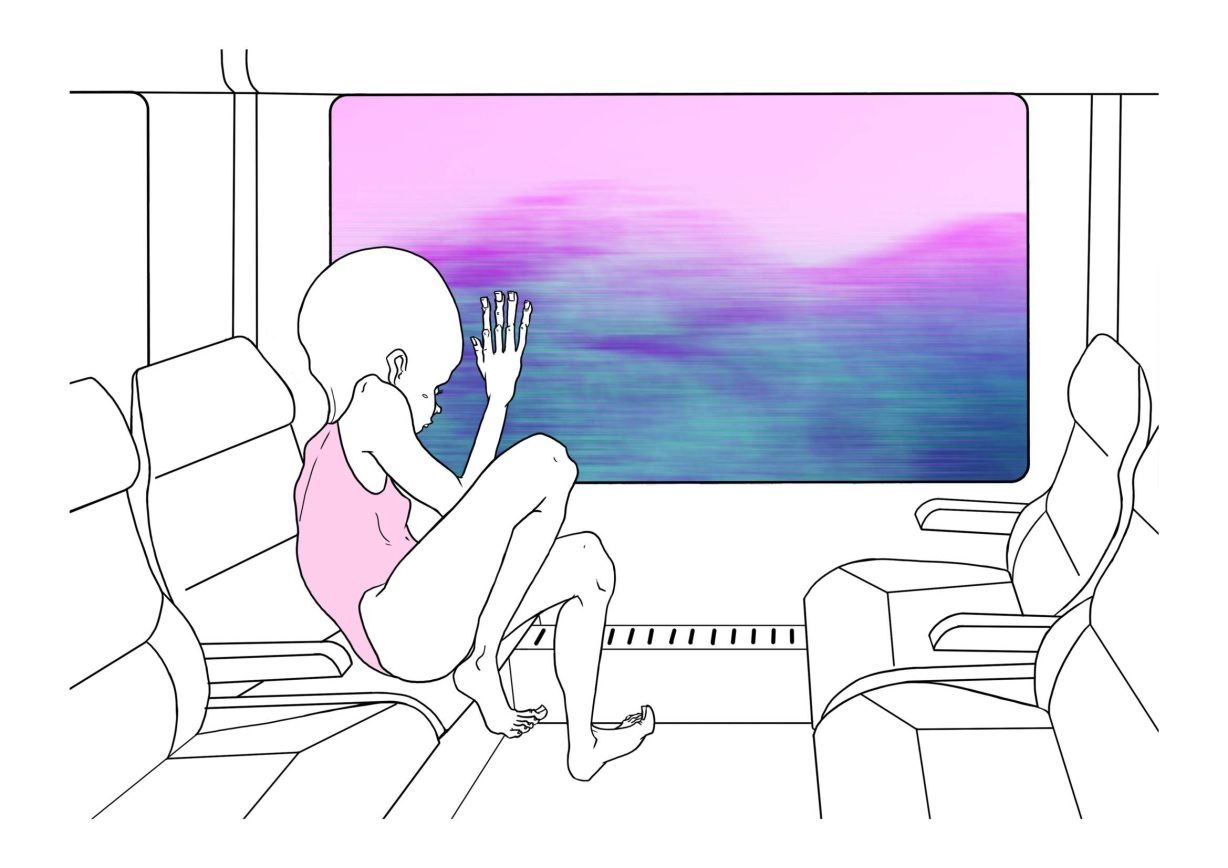
All three books are based on self-searching as a theme: the relationship between the self and society/environment, manipulation, role play and the impacts of this on the development of one’s personality. The book titled Lethe was the last, and, at the same time, the story that was the closest to me, inspired by a confused and self-destructive period of mine. I wanted to convey the feelings and phases that dominated this period, such as the lack of concentration, confusion, irritation, insomnia, indifference or skepticism.
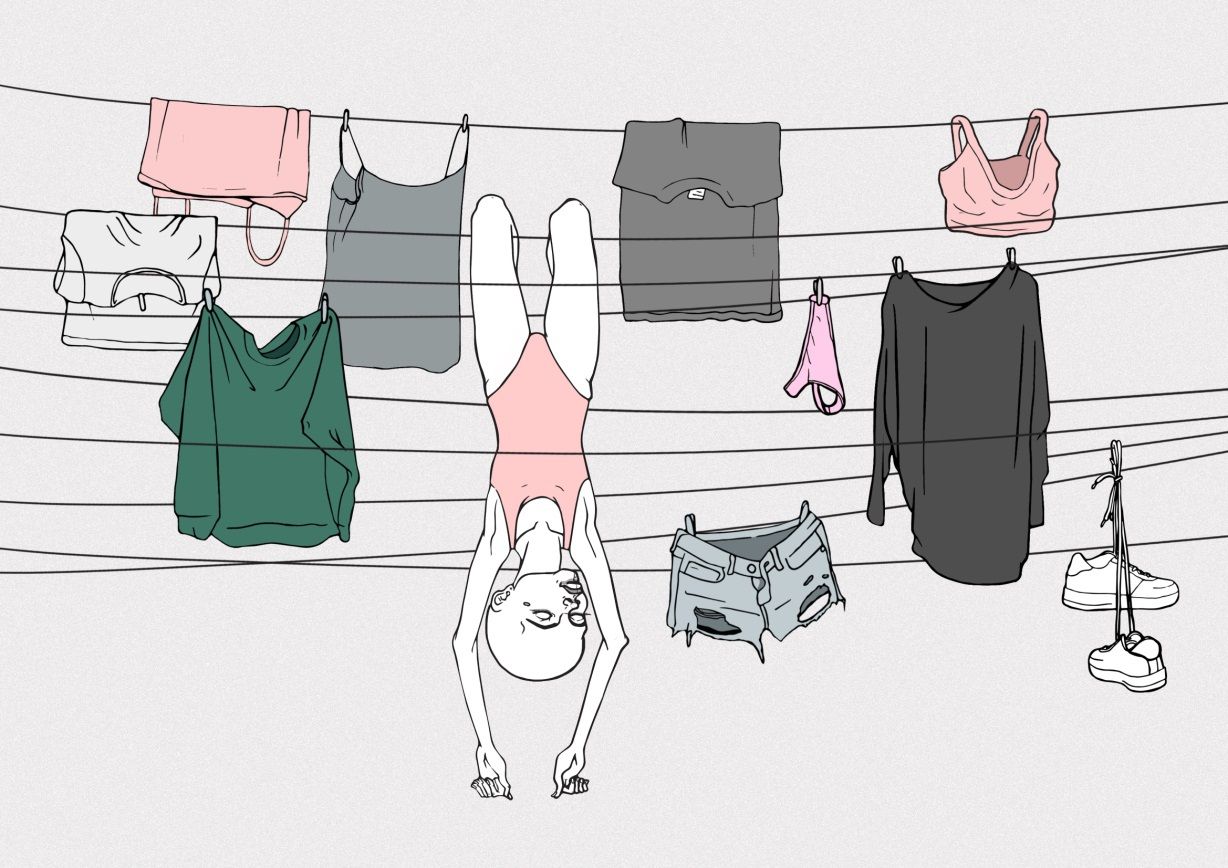
Lethe is not only the title of the book, but also the name of the main character, which means oblivion in Greek. In Greek mythology, Lethe is one of the rivers in the underworld. According to Ancient Greek mythology, dead souls drank from this river to forget their lives on Earth and to reborn.
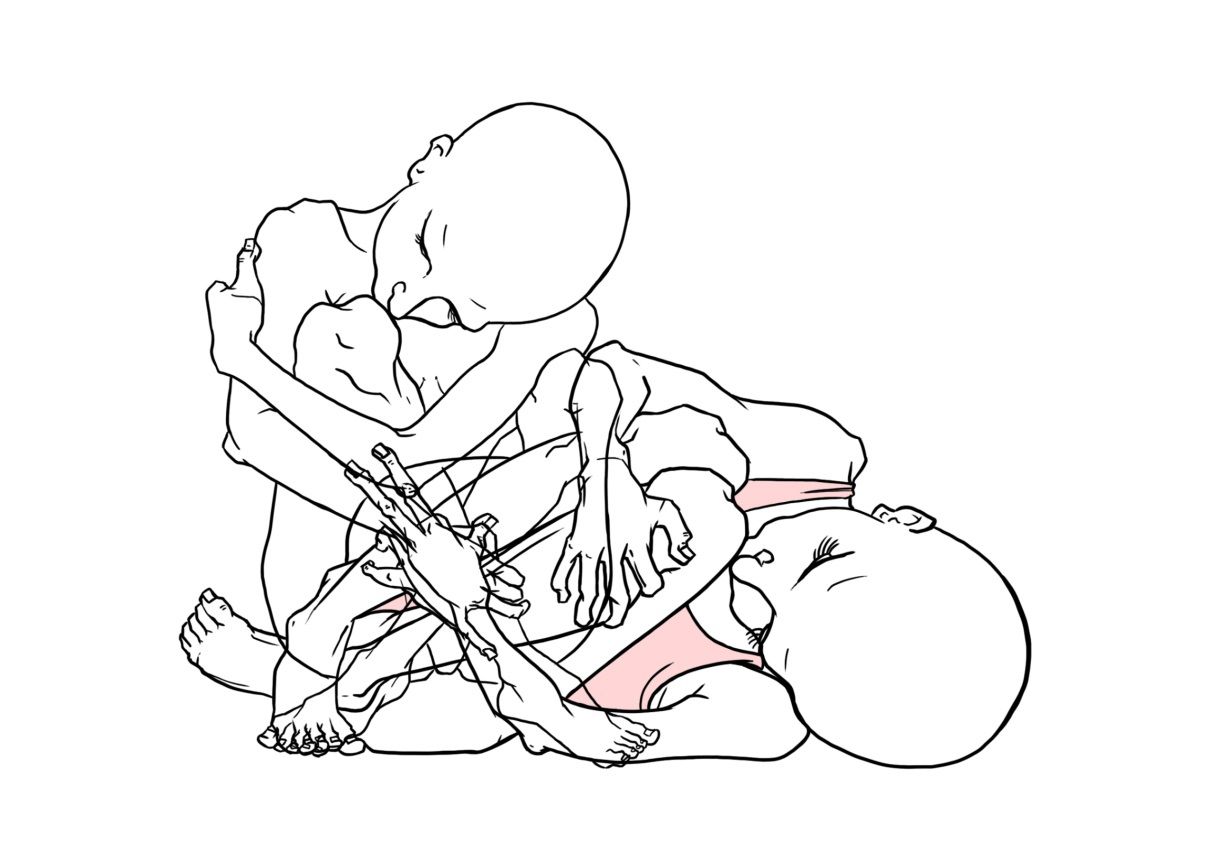
The story of Lethe focuses on the problem of reality and the impacts of the same on the individual. It elaborates the problems of social relationships, in which virtuality dominates, and which alienates people from reality. At the same time, the second part of the story offers a possible solution, with which survival becomes easier, and with which we can get closer to a reality: to ourselves.
Your illustrations are mainly dominated by warm yellow, pink and neonish turquoise tones. The protagonist of your illustrated stories is almost always a character without hair: does illustrating your central character always hairless have any significance? Is this character your projection of yourself?
The character I draw has changed a lot over the years. I think it has gained its most human form by now. During my high school and university years, most of the time I drew and examined strange people considered deviant by society, battling with different physical and psychological problems. I was very intrigued by the fact how one’s mental world shows on his face and gestures. I found this relationship between body and soul incredibly interesting and honest.
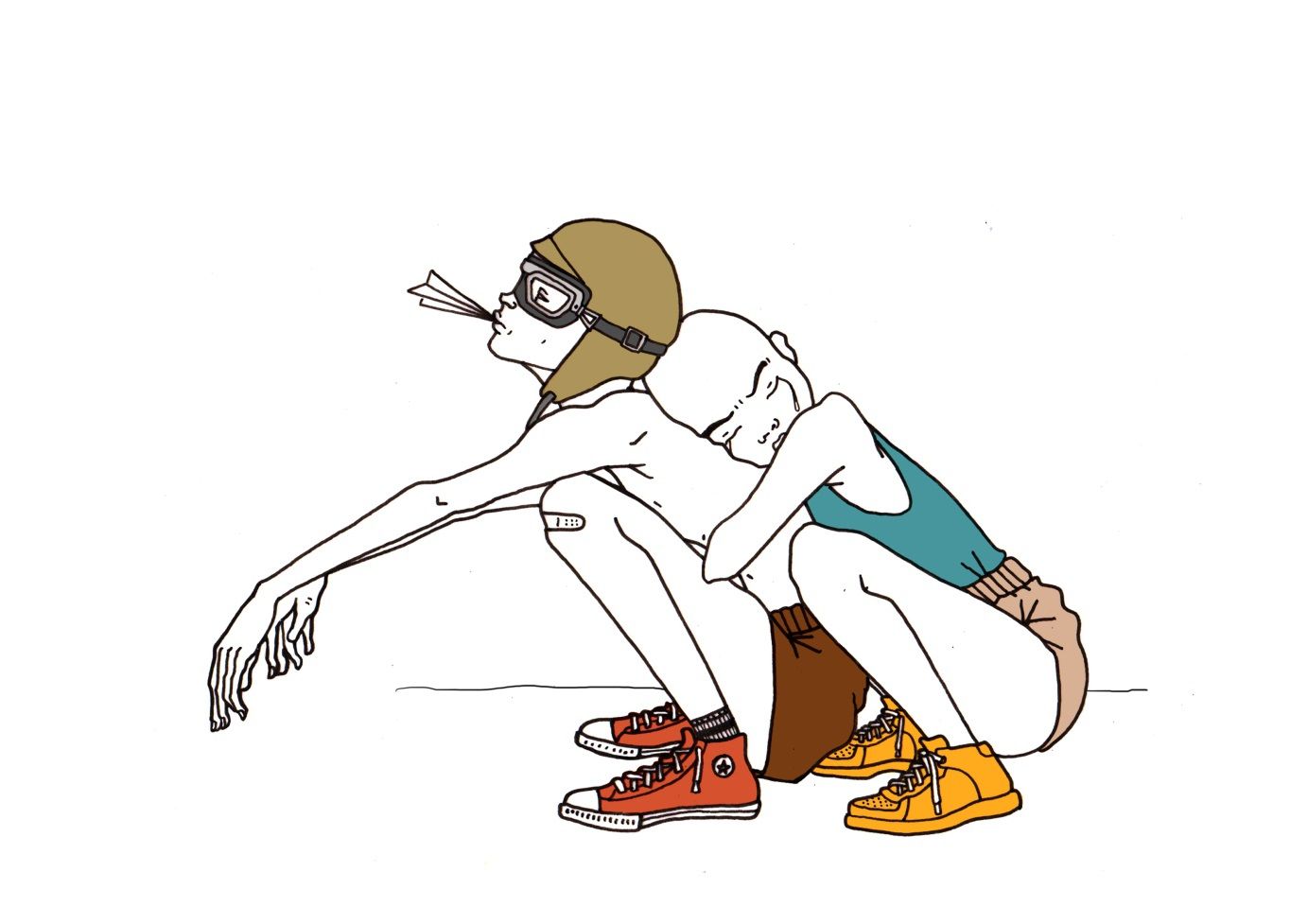
In my diploma project, for example, the face and gestures of orphans were the source of inspiration so that I could pinpoint how important care is and what the lack of it produces. As these characters branded as deviant by the society are stereotypically rather bald, I started to portray them like this after a while automatically. At that time, I considered it important that my characters be genderless so that everyone could resonate with them easily.
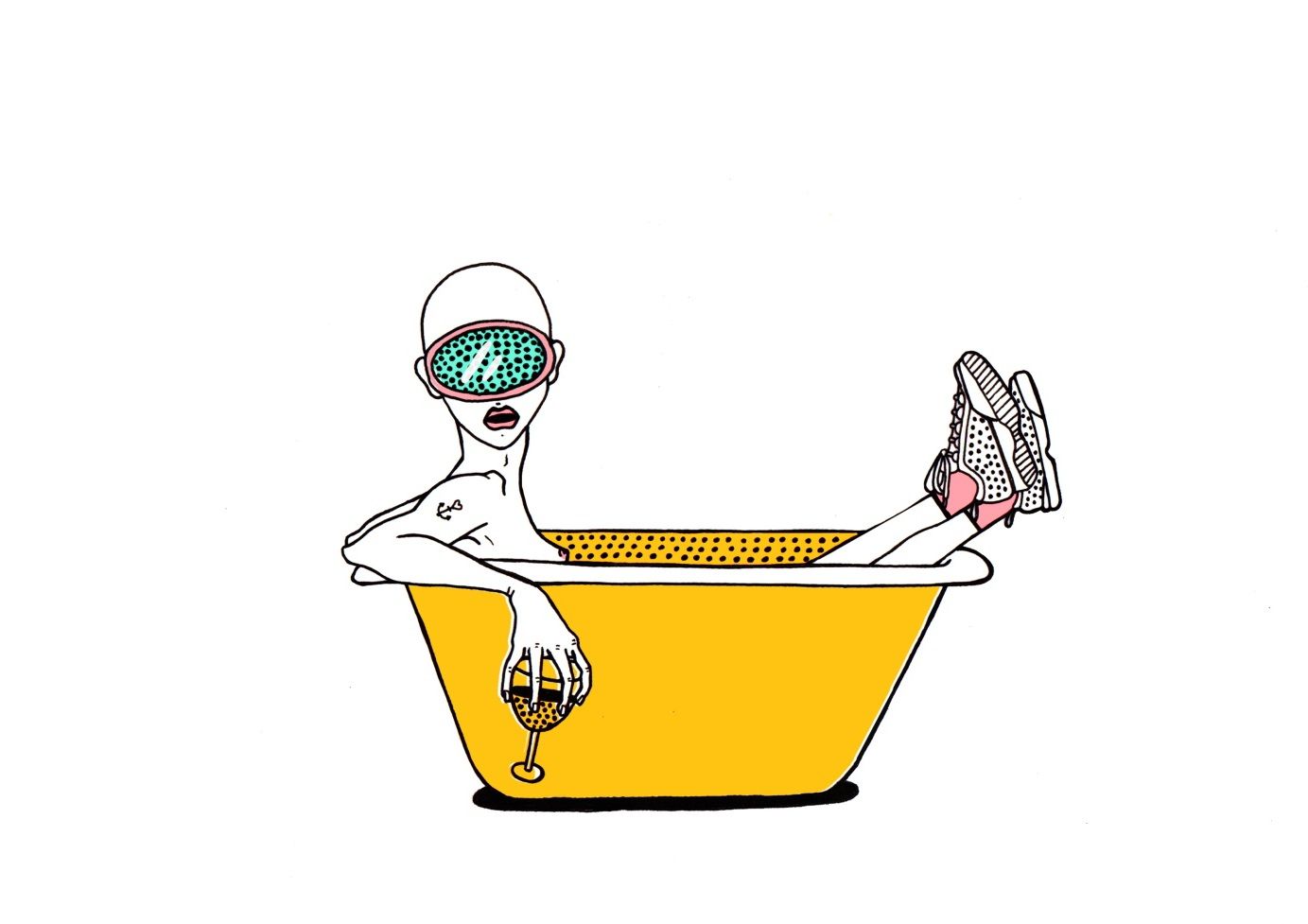
No matter how much my characters change, I think their essence always leads us back to the same strangeness with which people either resonate or which scares them off, but very few people are left indifferent about it. And to what extent is this character the projection of myself? I don’t know. I think they are the projections of certain complex mental processes depending on the context, and so anyone can find themselves in them.
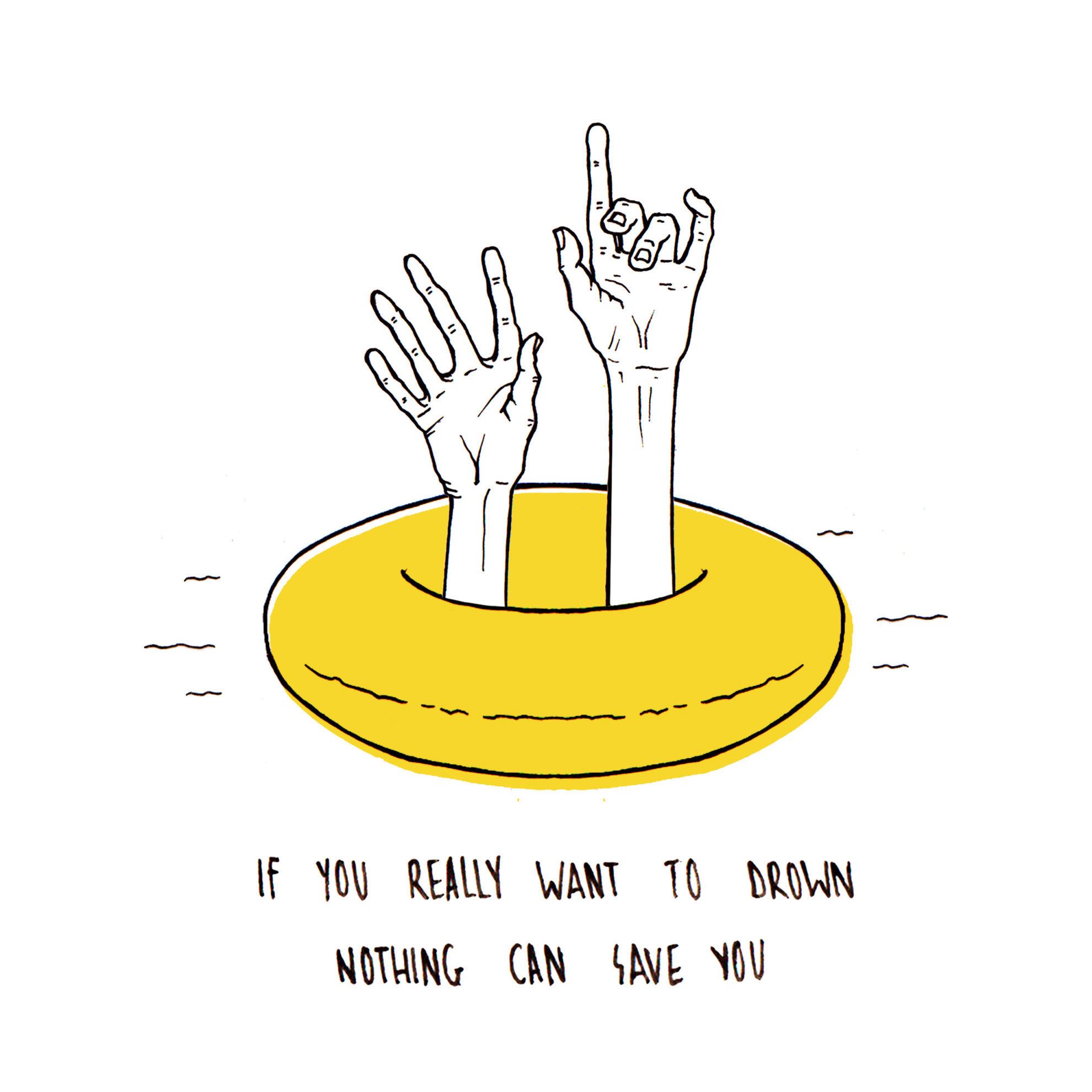
Your new illustrations are cleaner compared to your books, and they are not to be interpreted together, as one story. In spite of this, your central character and the self-reflexive nature of your illustrations remained: exactly what topics do you cover, to what extent are they related to your own experiences? What inspires you the most?
It’s true that my current works are simpler and cleaner from a technical point of view compared to the previous ones, and although they are similar from a thematic perspective, they are much more moderate in terms of atmosphere. Drawing is still a form of therapy for me, and I still get inspired from my own experiences and the world surrounding me, but I feel that in the case of my newer works, I was much more inspired by my momentary moods and feelings and that many times I placed a greater emphasis on the technical part of the drawing (on colors and designs, as well as technical solutions) than what lies behind it. One of the main reasons for this is that I started to work with a designer in Cluj Napoca, Botond Ferenczy in the second part of my MA studies. I worked as an advertising graphic designer and visual artist earlier, but later on I also gained an insight into the world of interior design through him. As a result, I was dealing with and I had much more impulses from the world of colors and shapes than ever before and I also had less time for diving deep into larger and more serious projects.
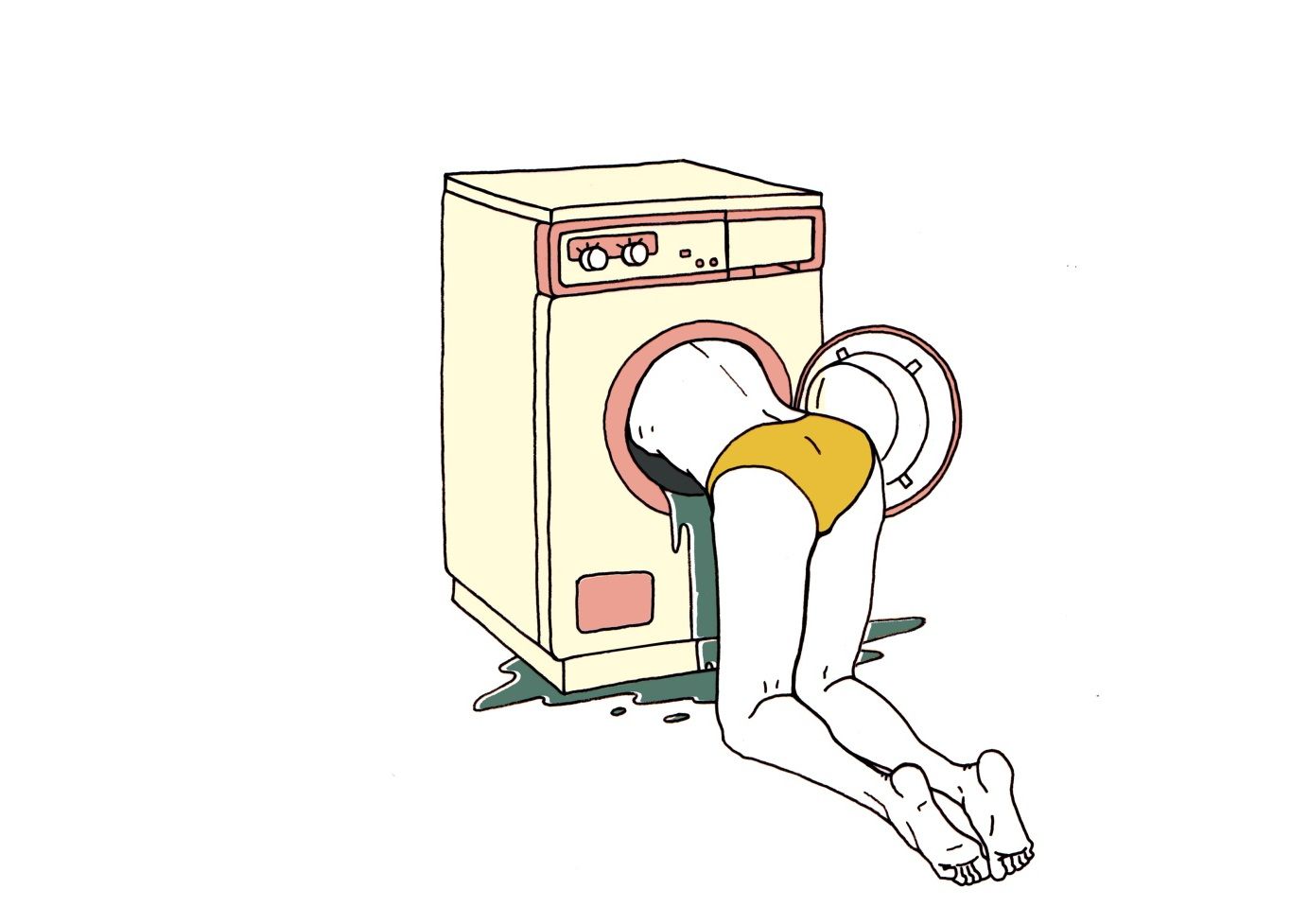
The second main reason is that after getting rid of the boundaries of university (which I sometimes found too narrow) I could finally breath more freely and after a while I was inspired by areas falling outside of the strict boundaries of visual art such as design, street art and tattoo art.
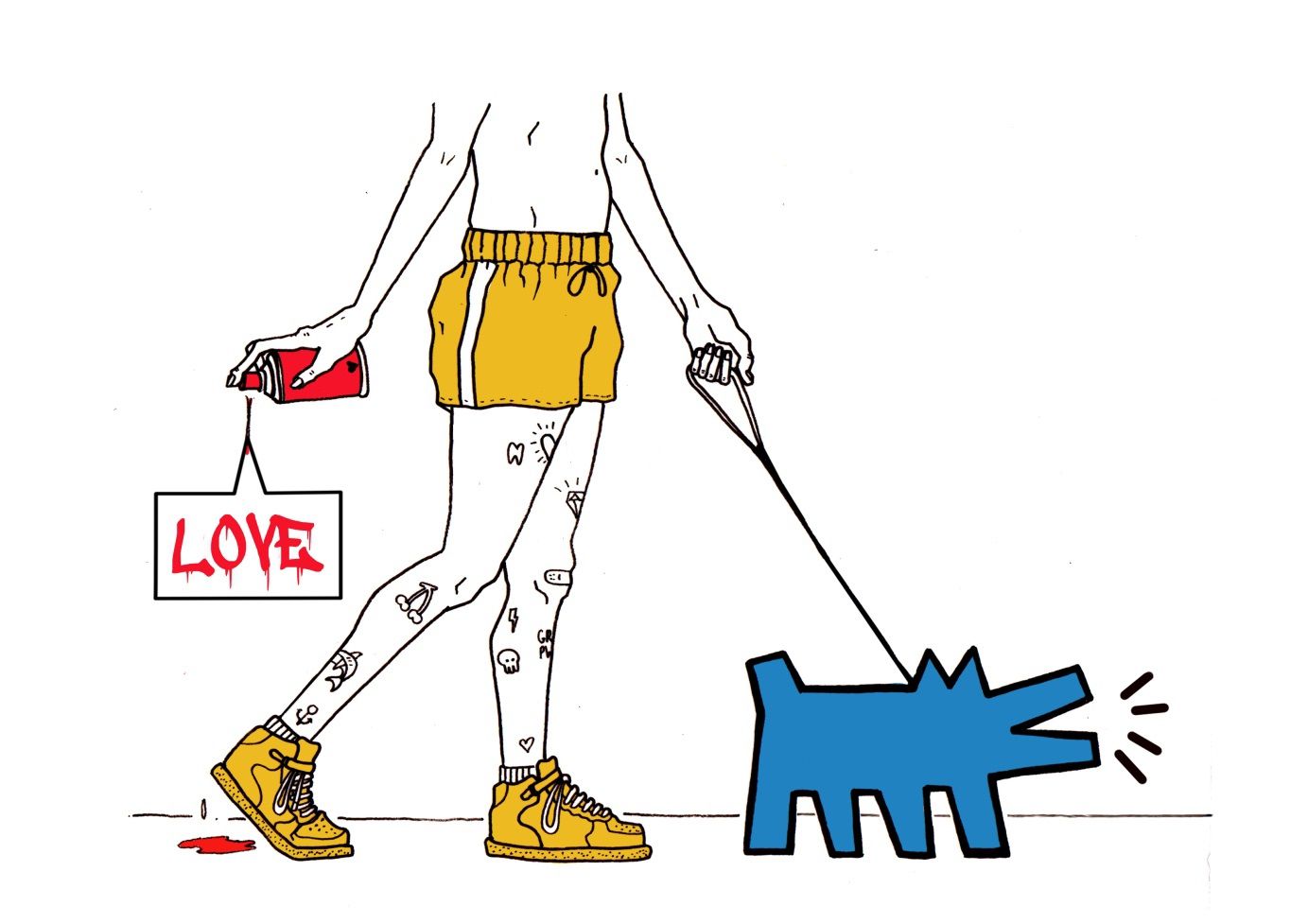
I feel that my new works present the relationship of the individual and the society thematically from more perspectives, even if not from broader ones. This way, several of my works have a feminist touch to them, such as my works titled ,,Women bleed more than soldiers’’ or ,,I eat my banana the way I want to, wherever I want to’’.
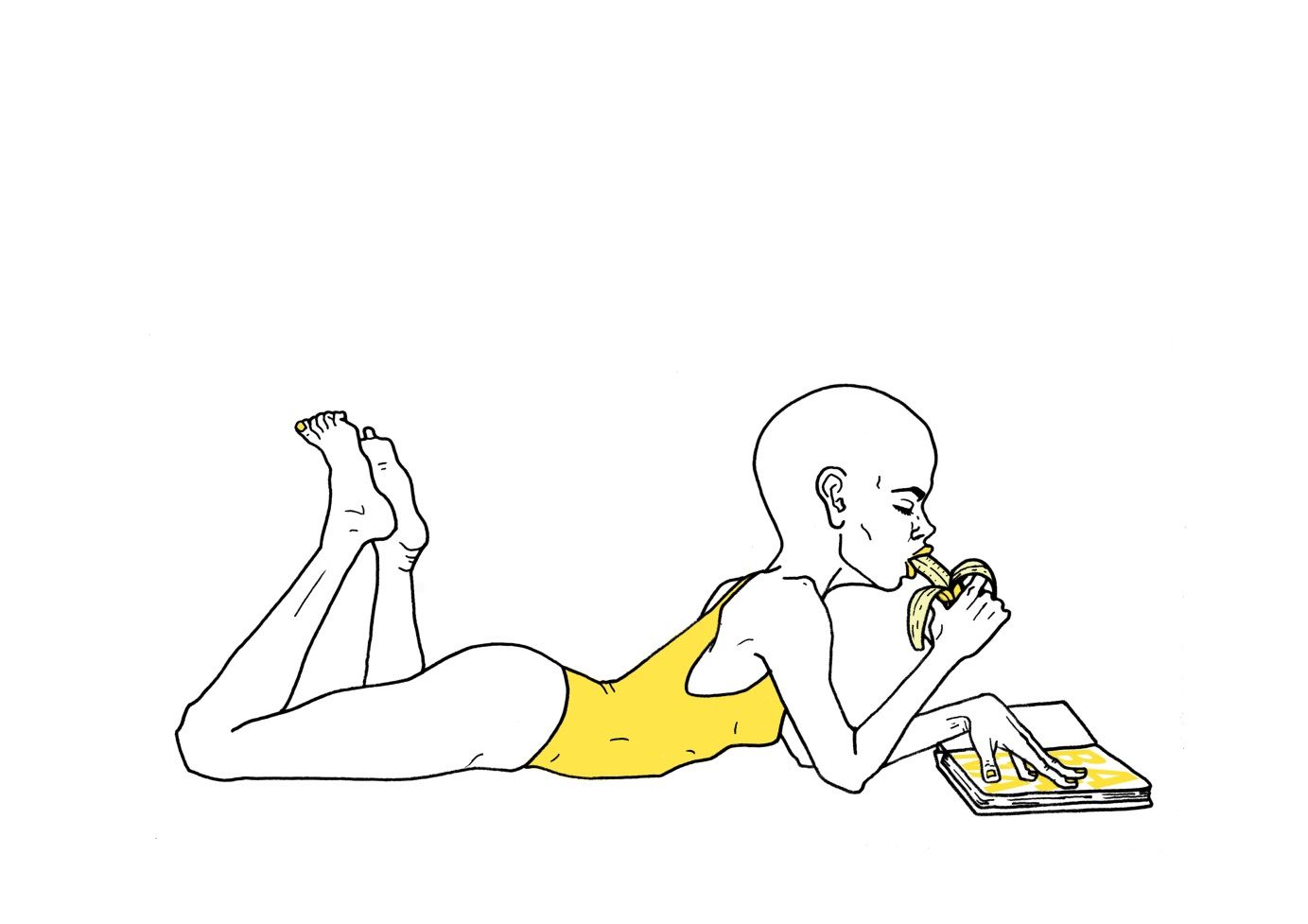
My work titled “I eat my banana the way I want to, wherever I want to” was inspired by the simple stimulus that I wanted to eat my banana whilst going to work because I was very hungry. It is incredible that a woman immediately feels ashamed if she faces a man while doing so who smiles or who makes a sarcastic comment. I don’t think that it is normal that I have to start my morning with feelings like this if I decided to eat my banana on the street. I think that a simple situation like this can also be an important and severe mirror for society.
Limited series T-shirts and stickers were also made out of one of your illustrations in collaboration with the Different Species brand.
Yes, this collaboration meant a lot to me, because I have wanted to make my illustrations “wearable” for quite long now. The clothes collaboration started off with the Blackmesh brand in Cluj Napoca initially, but finally the guys decided it was best to suspend the brand in that exact period. They were the ones who recommended Different Species to me. For me it meant a lot that the collaboration went very smoothly, and the first limited series T-shirt with my illustration on it was already launched after some months.
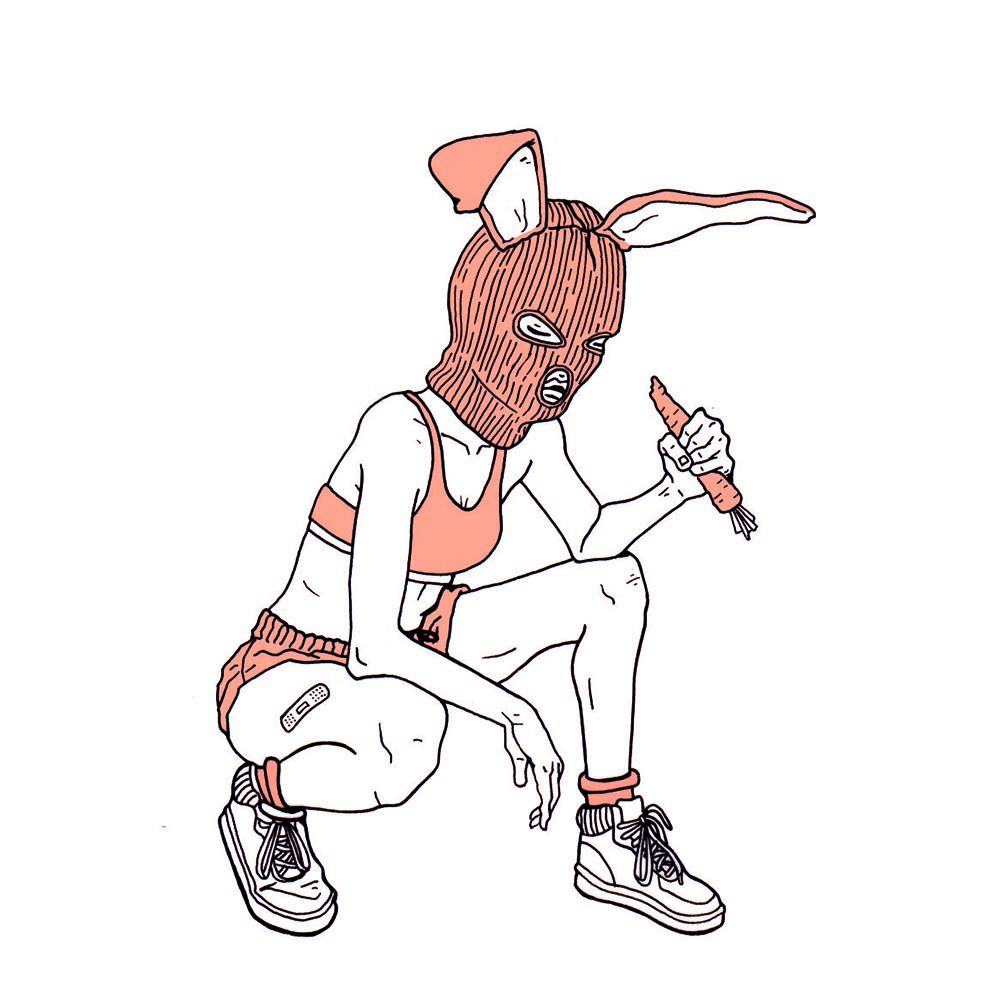
Different Species is a brand operating in London, with designer Róbert Muszka behind it, who was born in Târgu Mureș, Romania. The purpose of this brand is to market single-minded environmentally friendly clothes using recycled or recyclable materials.
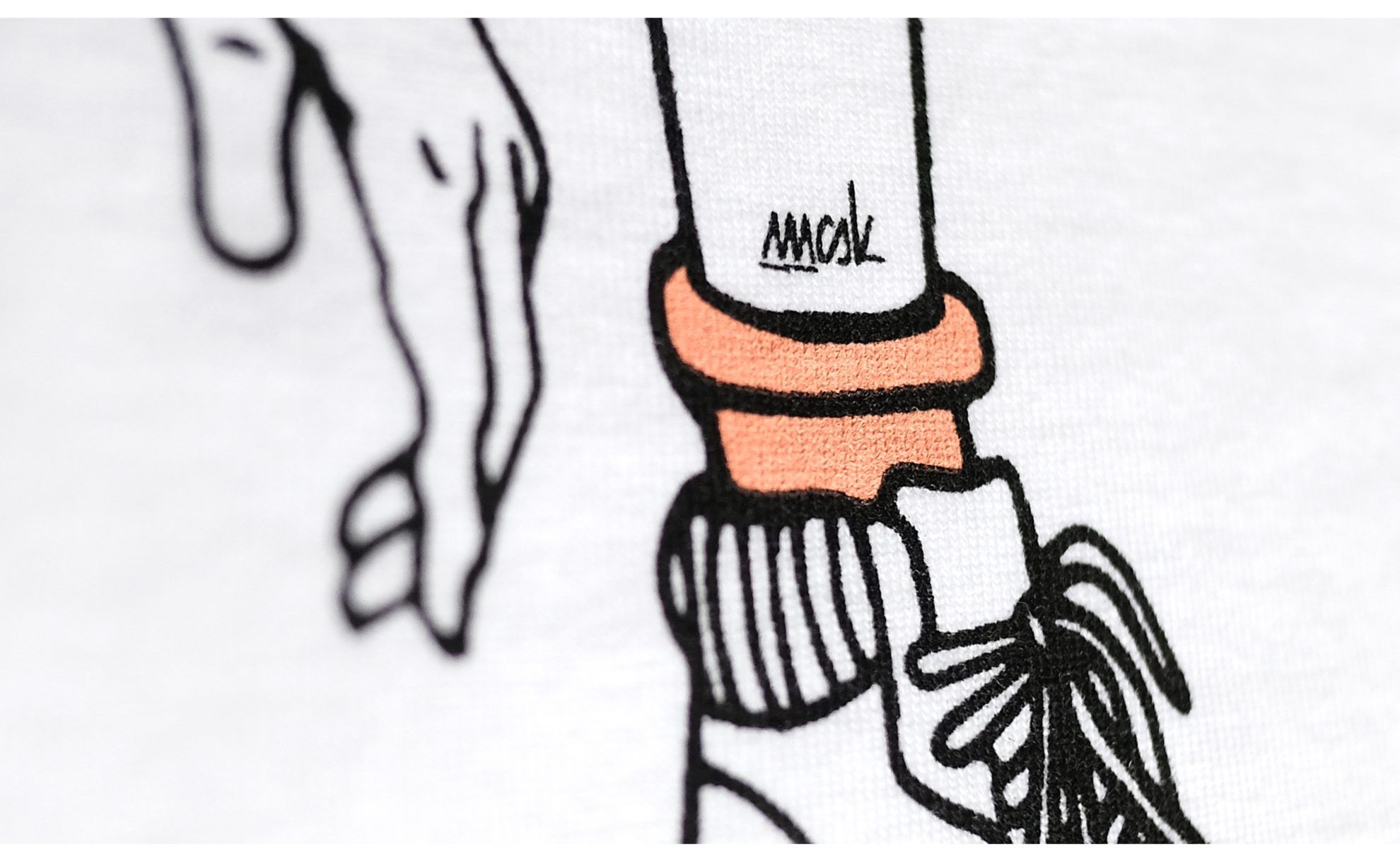
Different Species focuses on proving that it is possible to offer clothing items to customers in small quantities using the best possible materials, where the tiny details, packaging and the surprises packed with the products (stickers, posters, pins) are all unique and special. This is why the brand is named Different Species, as it targets a group for which it is important to wear unique, comfy and quality clothes.
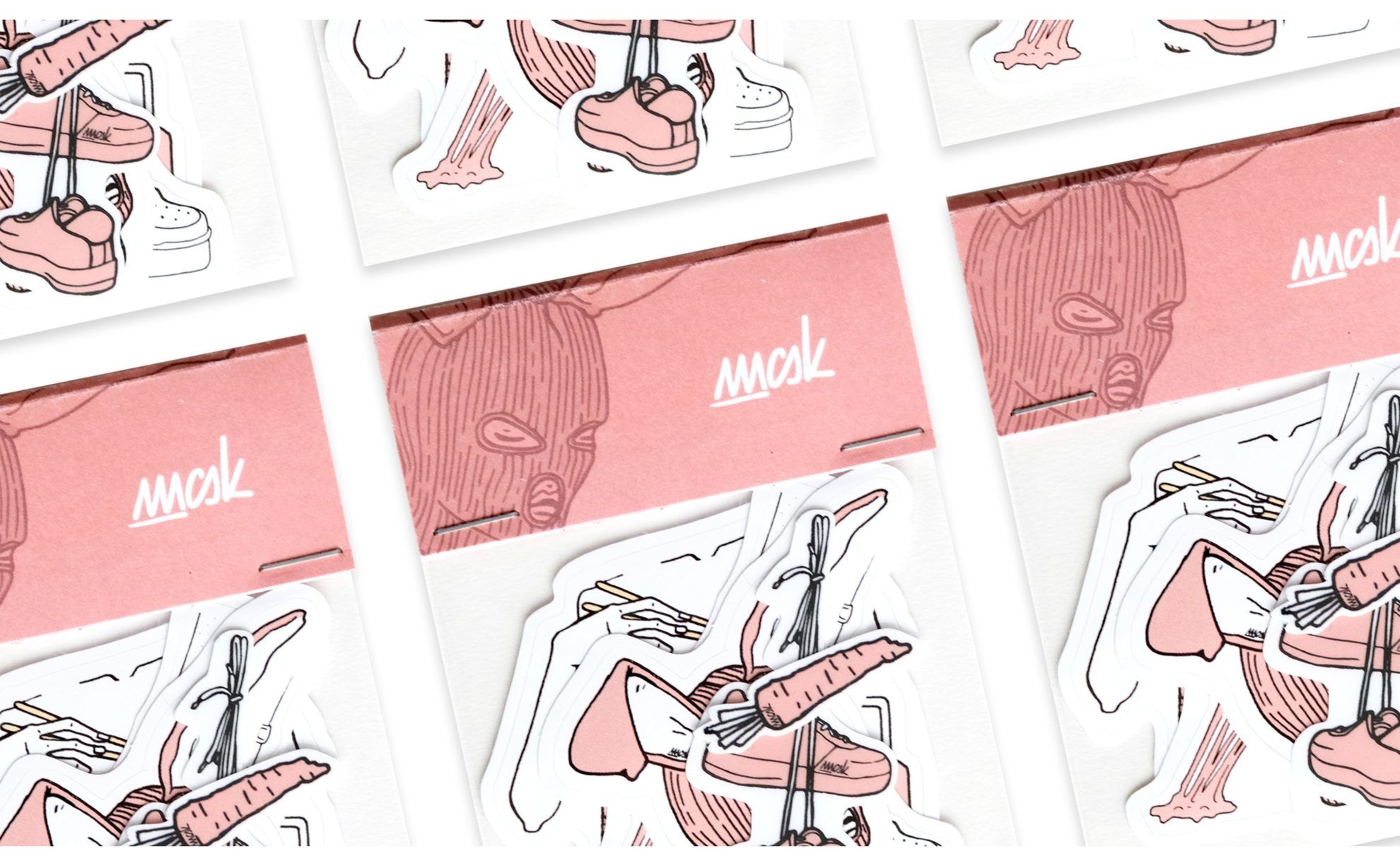
For me it is a priority aspect to collaborate with a brand that places a great emphasis on details and the quality of the product. Now it looks like the collaboration was so successful that it will be continued in the near future.
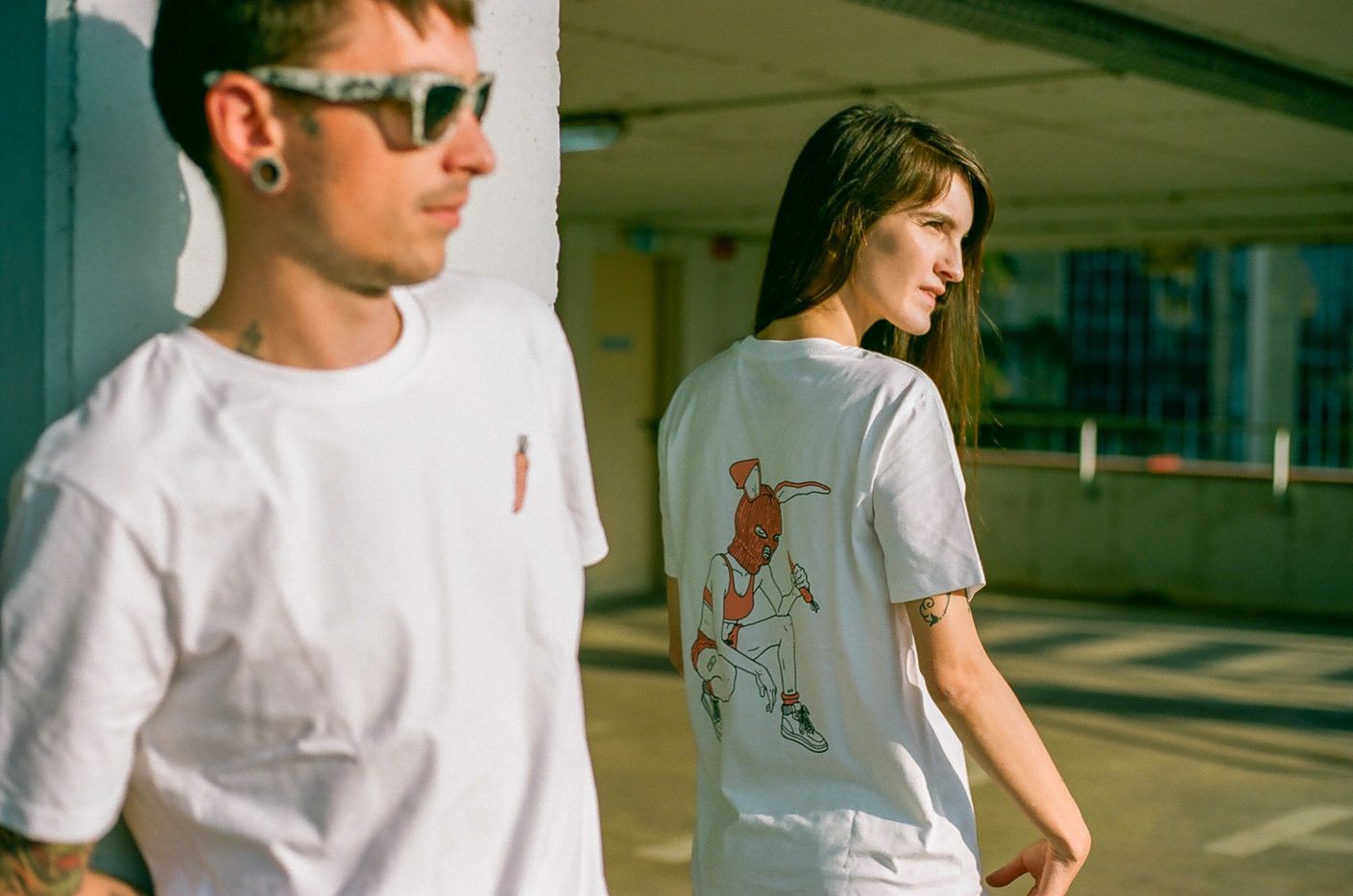
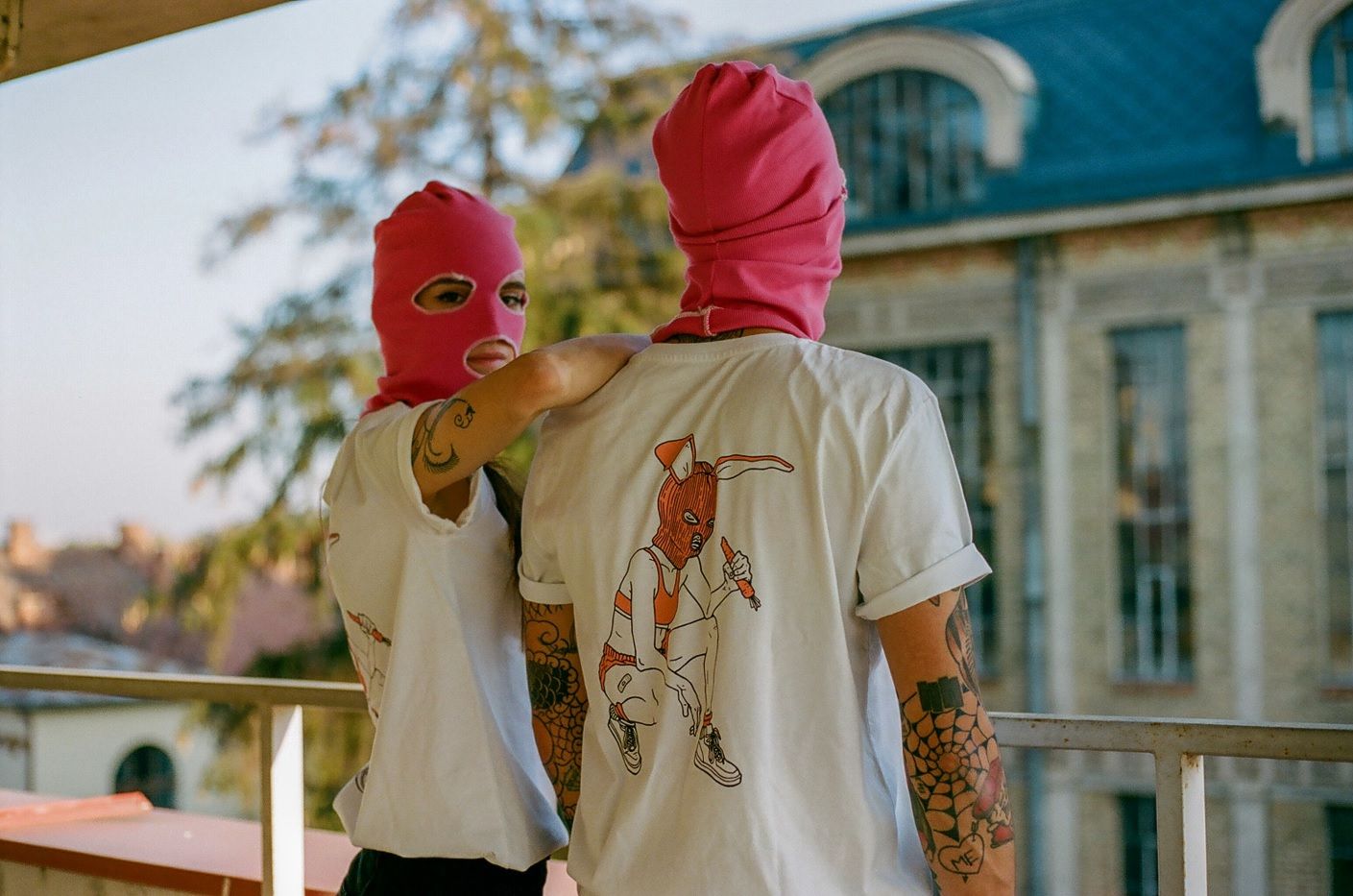
Reaching back a bit to books, as a way of expression, you would like to create a zine from your latest creations, in which illustrations will not be followed by story-telling this time, but by different messages. What concept is the new zine built around and what plans do you have with it?
The new zine presents the practices of the ,,Self-care exercises’’ series. I primarily dedicated these to people who suffer from depression, anxiety, lack of self-confidence or they are simple in a more vulnerable phase of their lives. Most of the times I see two extreme approaches for solving these problems: one is based on accepting, forgiving and giving time to ourselves, no matter what happens. The other one is based on keeping on pushing our boundaries no matter what happens, as ,,we can do anything’’. I think many people get lost when they think these two methods are mutually exclusive. I don’t think we can do anything, but I do think that this “weakness” is perfectly normal and it is okay. People must strive to bring out the best from themselves, but we must not forget that sometimes we make mistakes, which can have consequences.

The message of the series is basically this: work hard, but know your limits. Be strict with yourself, but gentle too, if the pressure is too much, and above all try not to forget that you are the only person with whom you must spend your life, and every other relationship you have is based on this relationship. So obviously you should invest the most energy in yourself primarily, but not too rigidly. I tried to illustrate it in a funny manner that nothing should be overdone and just because we take our problems seriously, sometimes it is worth doing it with some self irony, take a few breaths and have a good laugh about it.
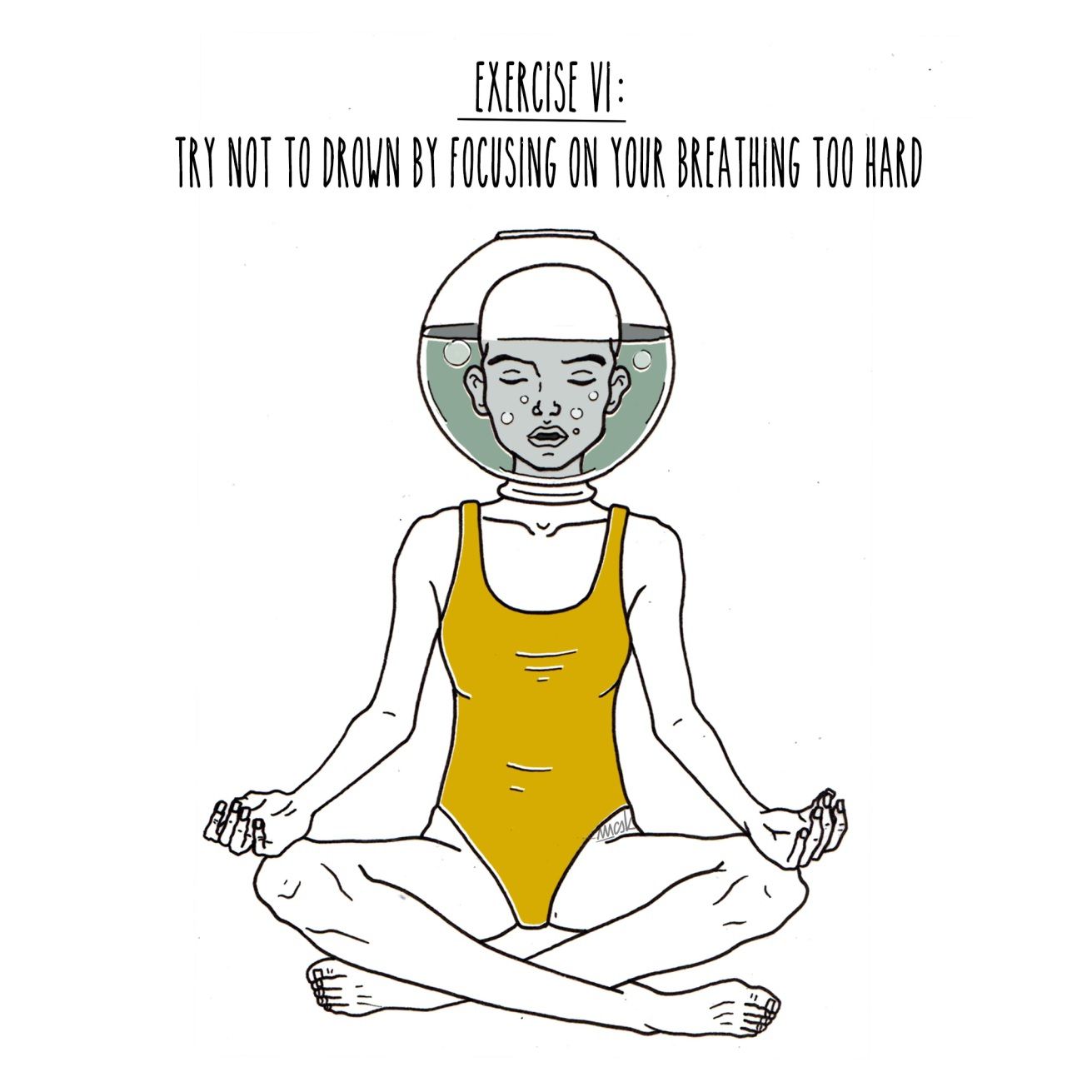
What do you do when you don’t work on the illustrations?
Very many things, luckily. My last couple of years have been very busy. My job is very flexible and diverse, to start with. As I have mentioned it, I have been working with Botond Ferenczy for approximately three years. During these three years, I had the chance to try myself out on many areas of visual art: we designed images, graphics, murals but we also designed furniture and complete interiors. I learnt and developed a lot with Boti. I became interested in hand poke tattoo a few years back, and recently I had the chance to try myself out in this area, too. This attempt is at a very early stage but I would like to dedicate more time and energy to it by all means. If I don’t work, and I don’t draw my own illustrations, I try to spend time with myself and my family/friends and also look for new inspiration: watch as many movies as I can, participate on events, meet new people and travel if I have time for it.
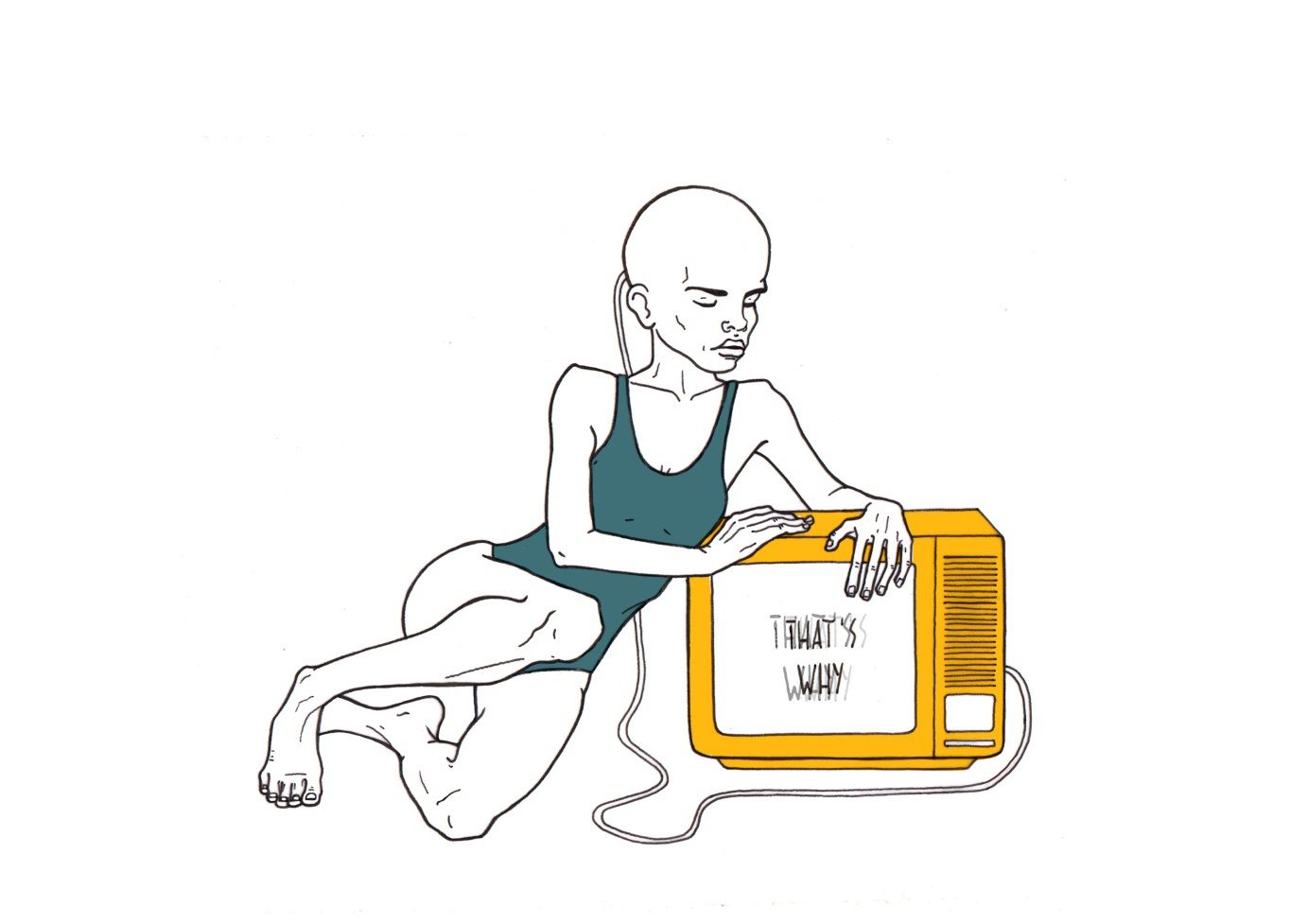
If you would like to have your own Different Species T-shirt with Mariann’s graphics on it, you can still purchase it here.
The CEE RO series presents the work of emerging artists and designers living and working in Romania amongst the countries of the Central-Eastern European region, focusing on the values of the local and progressive design culture.

The spring-summer bag collection of Vengru is out today
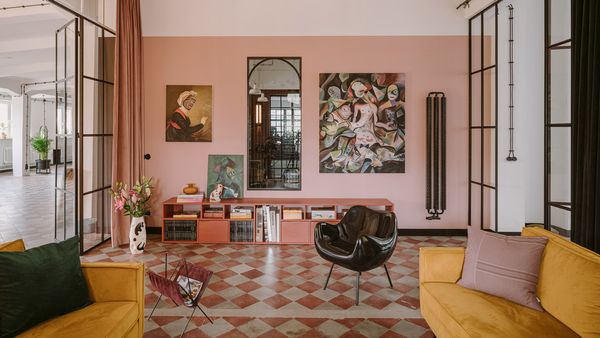
Clay.Warsaw | Warsaw
